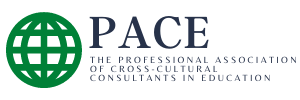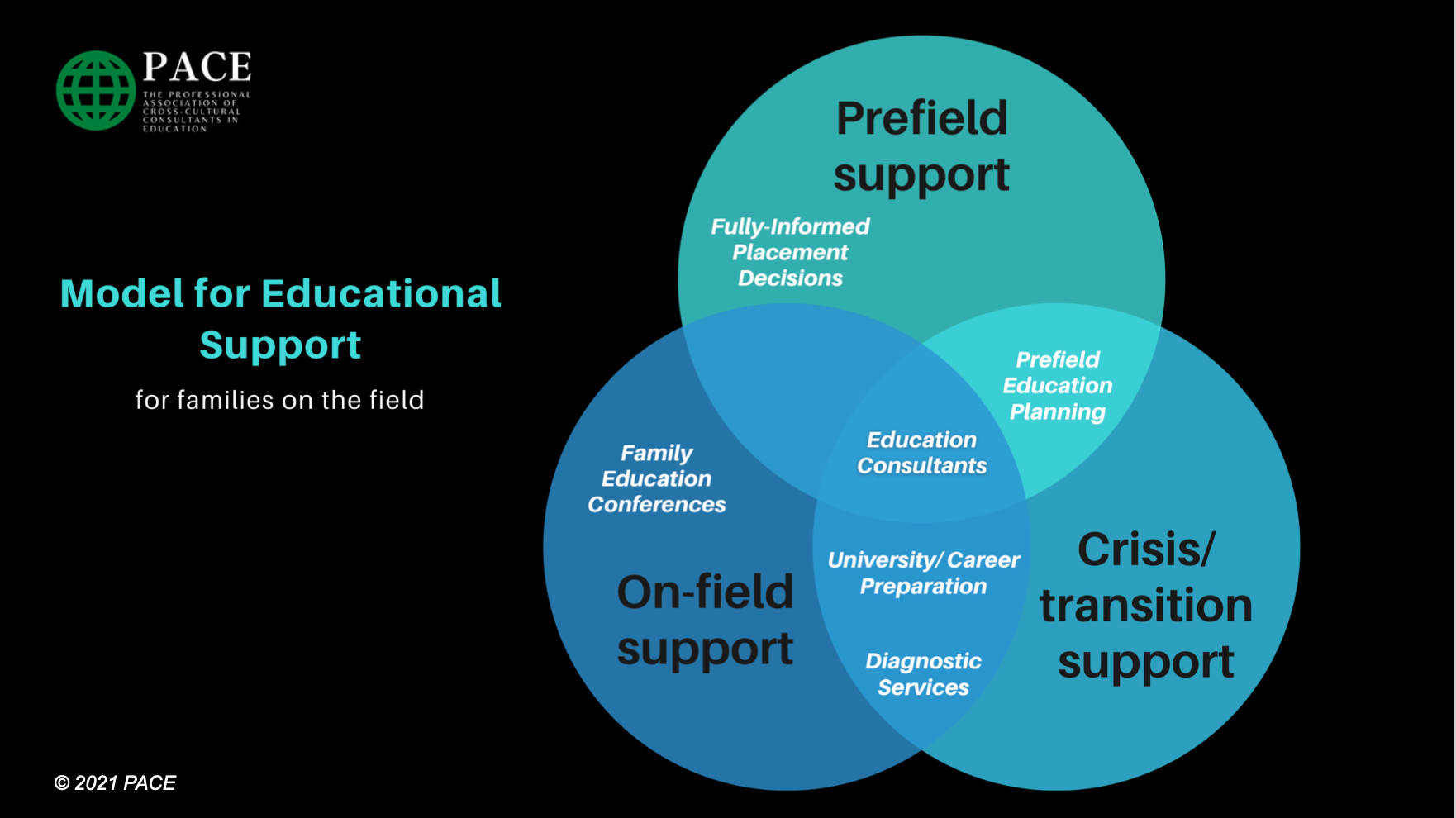In March, many education consultants gathered in person at the MK Education Summit near Atlanta…
Teach Me To Read! More on Specific Reading Skills
[author][author_info]This is a second excerpt from an article by Donna Crawford, a former education consultant with SHARE. Donna taught for more than 30 years in the US and Taiwan. This article was originally published in SHARE’s Fitted Pieces, and is used with permission.[/author_info] [/author]
Some children learn to read best by phonics; others by sight. I know that some people prefer using just one of these methods, but my personal preference is to use a combination approach. Assuming their child is ready, parents must look at the various methods used to determine words and understand their meaning.
One method for teaching reading is based on phonics. It involves developing a progression of skills usually during kindergarten through fifth grade:
-
Letter sound association of vowels and consonants
-
Recognition of upper and lower case letters
-
Recognizing that sounds go together to make words
-
Blending letters together such as st, pl, oo, ea, and others
-
Forming simple words by blending consonants with a vowel, such as mom and dad
-
Recognizing word patterns such as hat, cat, bat, sat, and mat
-
Recognizing digraphs such as ph, wh and th
-
Recognizing the diphthongs, oi, ou, ow
-
Adding prefixes and suffixes to root words
-
Recognizing and building compound words such as cowboy
-
Recognizing and understanding contractions such as aren’t, don’t, and can’t
-
Identifying syllables and rules for dividing words
However, certain words do not follow phonics generalizations. Consequently, they may best be learned by sight using three things: visual clues, the context, or the configuration of the letters. Using these skills children learn to recognize these words by sight rather than through phonetic patterns. Many of these words are found in the Dolch Basic Sight Vocabulary or other sight vocabulary lists which indicate by grade level words that children should memorize.
One of the families I’ve worked with during the last few years had real challenges regarding reading. Their son was very negative toward reading and refused to make any real progress. Through testing and working with him, I discovered that he had struggled with learning to read by using just the phonics. His mom had been given only phonics resources, no teachers’ manual and had received no instruction on how to use the materials she had been given. So both the parent and child were frustrated with the reading process. The little boy had struggled for many months trying to link the letters with their appropriate sounds and could not see that reading would bring him any pleasure. This was a major roadblock to his advancing in reading.
What we did was to develop his letter-sound association by having him select a consonant to work on and find words that he liked beginning with that letter. Then he created his own sentence that used this letter or sound, illustrated his sentence, and then went back and read it. The process became fun for him because the sentences were his. We decided to have him make his own “pop-up book of letters.” On each page he wrote the letter in its capital form followed by its lowercase form. He then selected some of his favorite words that began with this letter. He drew pictures of others. Then he wrote his own sentence using words he had thought of with that given letter. For example for the “b” page his favorite words were baby, bat, ball and his sentence was, “I will bat the ball to my dad.” This was done for each letter in the alphabet. All of these activities were designed to get this child to take ownership of the reading process. Once he discovered that reading was fun and saw it had purpose and meaning for him, he was able to complete the remainder of kindergarten and all his first grade reading curriculum in eight months. When he was later tested, it showed he was performing slightly above his grade level.
Beyond these two methods, children need other skills as they learn to read. They must learn oral reading with expression, to use context to determine the meaning of the word and how to put things in alphabetical order. In addition, children must have knowledge of antonyms (opposites), synonyms (same meaning), homographs (same spelling but different meaning), homophones (same sound but different spelling such as to, too and two), and idioms of the language. Understanding idioms is particularly crucial for children growing up in a culture other than their home culture.
Lastly, children must learn a variety of comprehension skills. You can never assume that children naturally understand what they have read. Certain comprehension skills must be taught. Children must learn how to get the main idea from a story or passage, to distinguish between real and make-believe events, to make inferences and draw conclusions from information, to predict outcomes, and be able to read critically (distinguish between fact and opinion in light of what they know).
Ultimately, our goal is that each child will be able to read and use literature independently. This is not an instantaneous process, but must be continually nourished with increasing amounts of quality literature. Once a child becomes a reader, it is very important for parents to continue modeling this by reading themselves. Thus it is very important for parents to provide appropriate literature, set at the right age and grade levels, to meet their children’s reading needs.
© 2012-2023 PACE
All rights reserved


